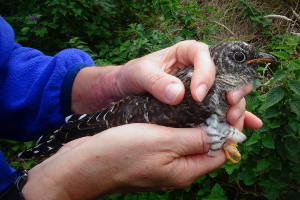
This has been a pretty low key autumn for birds, with early departures of local birds and migrants coming through at a trickle; but there's always something of interest!
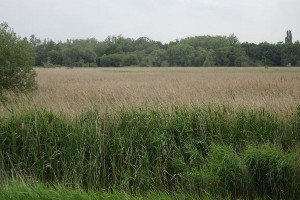
Bird recording in this period was limited to 14 days in March and 40 days in May and June - so what did we observe in this period?
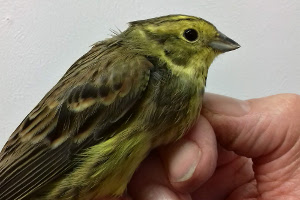
The weather was wild, wet and windy, but the birding was generally quiet; nevertheless there were a few highlights.

Our third ever Merlin, a Whooper Swan, a Siberian Chiffchaff and a very late Swallow all brightened a dull period.
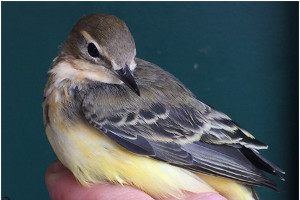
Highlights included a record count for Greylags, visits from Marsh Harrier and Raven, and the best showing of Yellow Wagtails for 30 years.
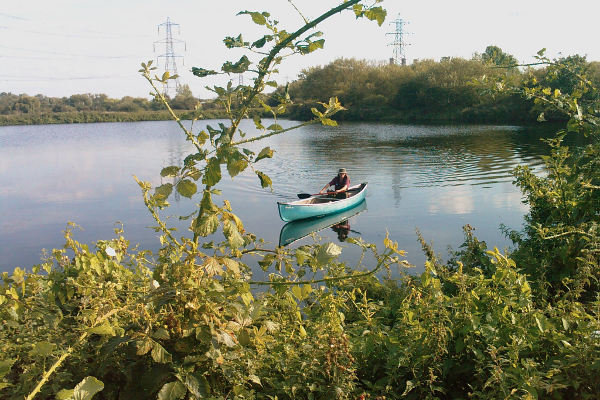
Bumper numbers of small birds, a long-staying Marsh Harrier, and our first Little Owl for five years.
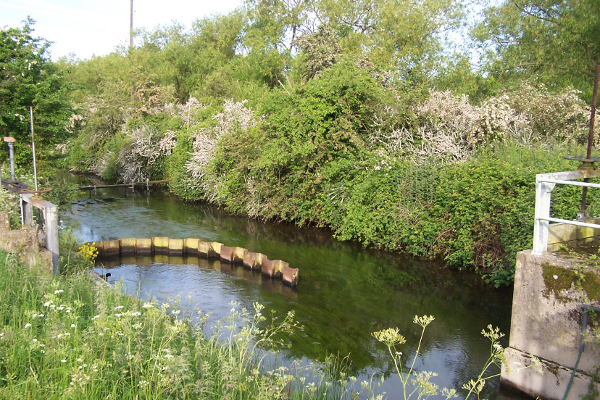
A good period for waders, from small to very large, and encouraging numbers of warblers.
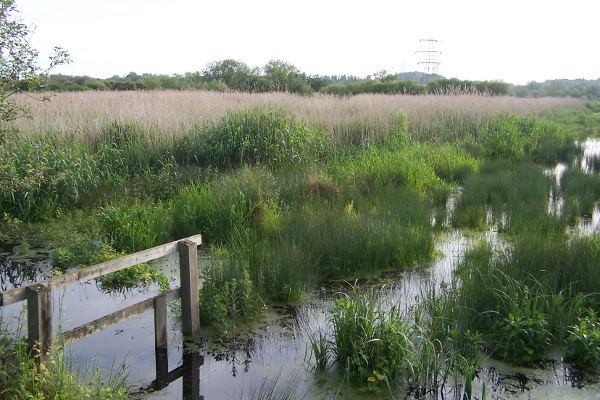
This period saw the first record of our 228th species, a Cattle Egret, and the second record of Common Crane.
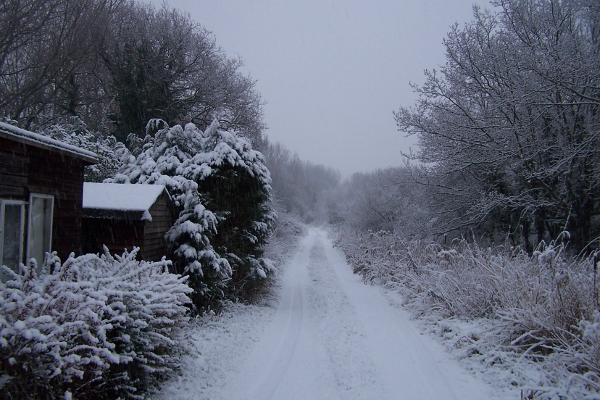
In sharp contrast to last year the final week of February included some lovely warm spring days; sadly, the birds found were largely unexciting.
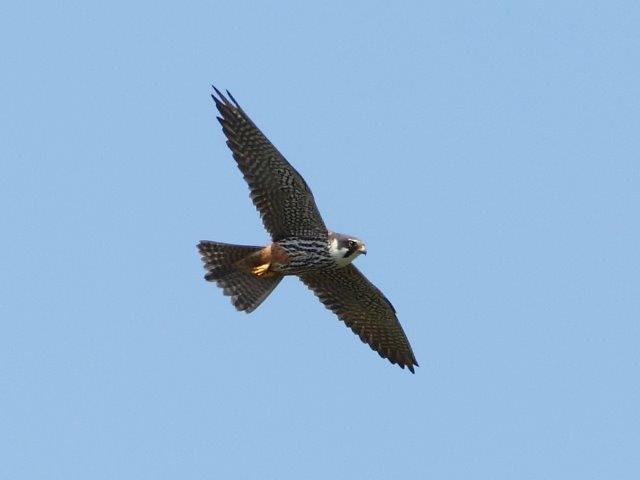
How did winter mortality, poor migrant return, and difficult breeding conditions affect the species we saw in 2018? Not as you might think!












